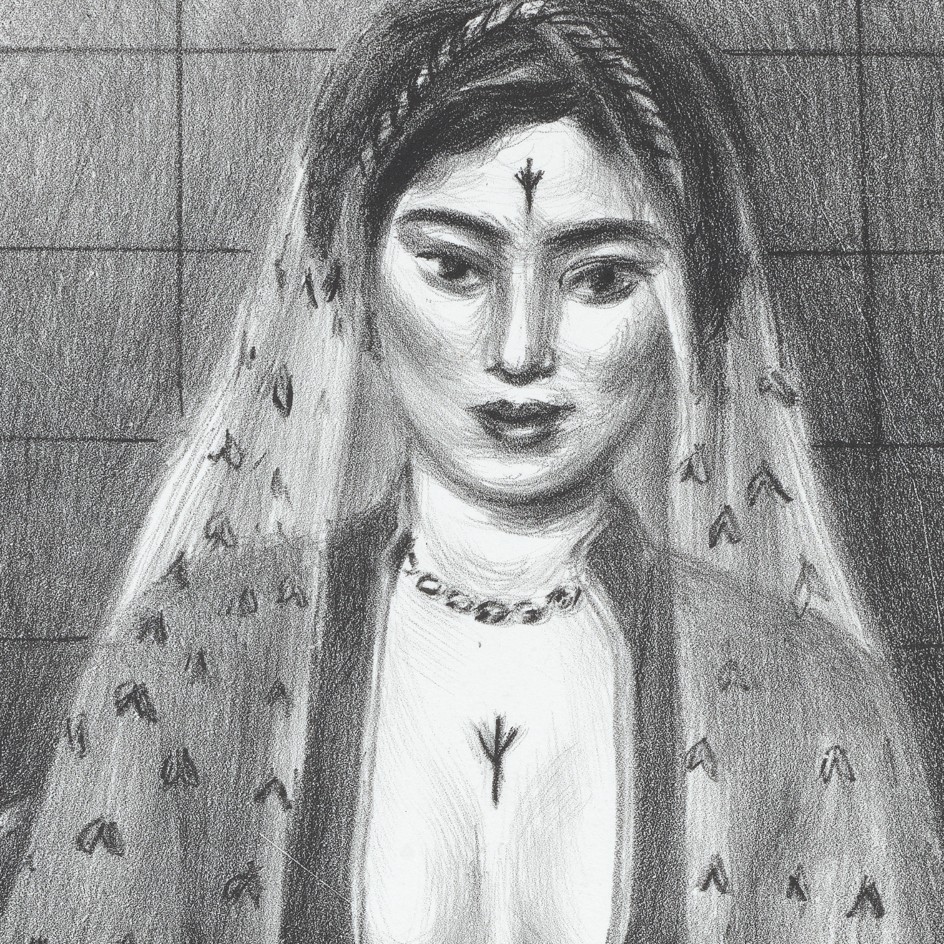Henri MATISSE
Nudes and Odalisques
September 8 - October 29, 2022
Opening reception Thursday, September 8, 6-8pm
-

La Persane
-

Nu, main gauche près de l'Epaule
-

Odalisque à la coupe de fruits
-

Repos sur la banquette
-

Le renard blanc
-

Nu au coussin bleu
-

Figure endormie aux babouches
-

Nu. Étude de torsion du corps
-

Jeune Hindoue
-

Figure au visage coupé assise dans un intérieur
-

Nu assis les bras étendus
-

L'homme endormie
-

La Sieste
-

Figure endormie, châle sur les jambes
-

Jeune fille aux boucles brunes
-

Nu Couché sur sol fleuri
-

Nu renversé près d'une table Louis XV
-

Nu au turban
-

Nu de trois-quarts, une partie de la tête coupée
-

Odalisque au collier
-

Nu drapé sur fond composé de cercles
-

Petite Aurore
-

Patitcha. Masque
-

Hindoue à la jupe de tulle
-

Odalisque au Magnolia
-

Torse à l'aiguière
-

Florentine
-

Odalisque, brasero et coupe de fruits
-

Jeune fille rêvant près d'un bocal de poissons
-

Odalisque à la culotte rayée, reflétée dans la glace
-

Nu assis à la chemise de tulle

Exhibited:
Henri Matisse: Life and Joy, Seoul Arts Centre, 21 December 2021 - 10 April 2022
Prints I wish I had published, Bernard Jacobson Gallery, London, 11 January - 9 February 2019
Henri Matisse: Prints, Bernard Jacobson Gallery, 6 July - 15 September 2018
Collections:
Art Institute Chicago
Baltimore Museum of Art
Museum of Fine Art Boston
Museum of Modern Art, New York
Philadelphia Museum of Art
Portland Art Museum, Portland
Weatherspoon Art Museum, North Carolina
Musee Matisse, Nice
National Gallery of Art, Washington
Victoria and Albert Museum, London
Literature:
Henri Matisse: Life and Joy, Seoul Arts Centre (Seoul: GABooks, 2021), exhibition catalogue, p. 107
Henri Matisse: Prints [exhibition catalogue], John Yau, 2018 (illustrated p.47)
Henri Matisse: Catalogue Raisonné de l'Oeuvre Gravé [The Complete Graphic Work], Claude Duthuit, Paris, 1983 ( n.507; pl. 100).
Henri Matisse: Lithographies rares, Berggruen & Cie, Mourlot, Paris, 1954
Guichard Merili, p. 186
Lieberman, 1956, pp. 119-26
Information:
Duthuit 507
8 State Proofs (1 on Arches Velin paper, 3 on Chine paper, 4 on Japon paper)
9 Trial Proofs on Arches Velin, Chine and Japon paper
10 Artist's Proofs
Edition of 50, signed and numbered in pencil lower right
Summary
In 1903, two years before his emergence as the leader of Fauvism, Henri Matisse made a modest self-portrait depicting himself as an etcher. Based on this small black-and-white print, one might never have imagined Matisse becoming the most radical colorist of his generation. Yet the etching foreshadowed another dimension of his illustrious career, less widely appreciated but equally original. Over the following five decades, working sporadically at the etching plate and lithograph stone, Matisse produced an oeuvre of more than a thousand extraordinary prints and plates for livres d’artiste.
MODERNISM is pleased to present a museum-quality selection of 31 prints produced by Matisse between 1913 and 1947, focusing on his nude and draped representations of women in the 1920s, a period during which he almost single-handedly made lithography modern. Printed by the artist in small editions usually not exceeding fifty examples, these works on paper display Matisse’s genius for line and composition in their purest form—dazzling the eyes with nothing more than black ink on white paper—while simultaneously reaffirming MODERNISM’s commitment to major exhibitions of work by modern masters including Edvard Munch, Kazimir Malevich, Pablo Picasso, Alexandra Exter, Alexander Bogomazov, Le Corbusier among others.
For all his acclaim as a colorist, Matisse considered the line to be fundamental to his art, working toward his great canvases by drawing from life. Printmaking provided him with a medium in which the directness and intimacy of those drawings could be transformed into finished works as autonomous as the great paintings. His prints proved also to be an ideal space for formal experimentation, and the perfection of the aesthetic qualities he most valued. With no margin for error, plate and stone challenged the artist to live up to the standard he articulated in Notes of a Painter: “The entire arrangement of my picture is expressive: the place occupied by the figures, the empty spaces around them, the proportions, everything has its share.”
Works in “Nudes and Odalisques” range from the deceptively simple to the spectacularly complex. The former category includes etchings of almost impossibly few lines, verging on abstraction, such as Jeune fille rêvant près d'un bocal de poissons (1929), showing a young woman gazing past a bowl of fish. The latter category includes lithographs of such subtle shading that the subjects emerge from the page, such as Le renard blanc (1929), depicting a young woman cloaked in a luxurious white fox coat.
Matisse’s passion for the exotic is well represented in voluptuous odalisques such as La jeune hindoue (1929). The eroticism is no less intense in the spare Nu couché sur sol fleuri (1929), a work that also
illustrates Matisse’s ability to take a figure such as the arabesque as a graphic element unifying the curves of the female body, the contours of bourgeois French furniture, and the patterns of period textiles, all brought to life by the subtlest variations in the ways his stylus touches the drawing surface.
“One must always search for the desire of the line,” Matisse told the great collector Sarah Stein in 1908. The lithographs and etchings in “Nudes and Odalisques” deliver the bounty of his search – and are bound to stir up desire in connoisseurs and collectors today.
